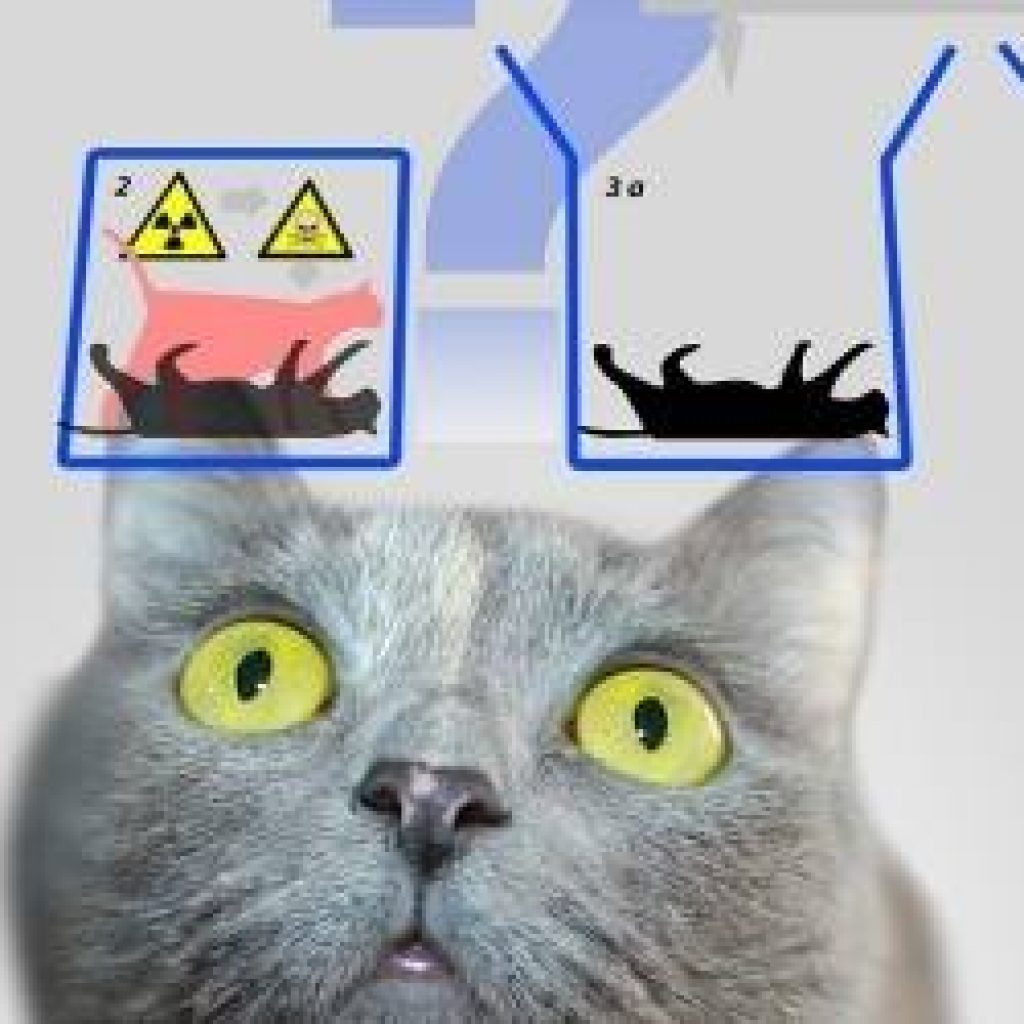(SpectrumIEEE) Amazon has unveiled a new theoretical blueprint for a quantum computer based on combining hardware versions of lots of Schrödinger’s cats.
A critical drawback of current quantum computers is how their inner workings are prone to errors. “If you look at the error rate gap in terms of where the hardware is now and where it needs to be to handle large-scale problems with known societal and commercial benefit, there’s about a nine orders of magnitude gap,” says Oskar Painter, head of Amazon Web Services (AWS)’s quantum hardware program and an experimental physicist at the California Institute of Technology.
Scientists can compensate for these high error rates using redundant qubits. However, such strategies often demand high overheads in terms of hardware.
The AWS Center for Quantum Computing has released a theoretical blueprint for a fault-tolerant quantum computer that intrinsically suppresses a major source of errors.
Amazon’s new blueprint relies on the choice to use so-called “cat states,” which consist of pairs of states as opposed to one another as the states of life and death experienced by the original Schrödinger’s cat.
The building block of Amazon’s quantum computer design is an oscillator that fluctuates in a coherent fashion—that is, the oscillations move in phase, or lockstep. Cat states are superpositions of two coherent sets of fluctuations with opposite phases in the same oscillator.
“Cat qubits have an intrinsic protection against environmental noise,” Painter says. “We buy ourselves a lot going to cat qubits—a several orders-of-magnitude reduction in error rate.”
Amazon’s new blueprint suggested using piezoelectric nanostructures as the oscillators, since they are very compact. However, the researchers note much work remains to make them sufficiently coherent and reliable. They add their new strategy can also employ superconducting storage resonators as oscillators, a more mature technology.
The researchers are now working toward implementing their ideas with hardware, Painter says.
Amazon’s New Quantum Computer Design Relies On Tiny Schrödinger’s Cats
